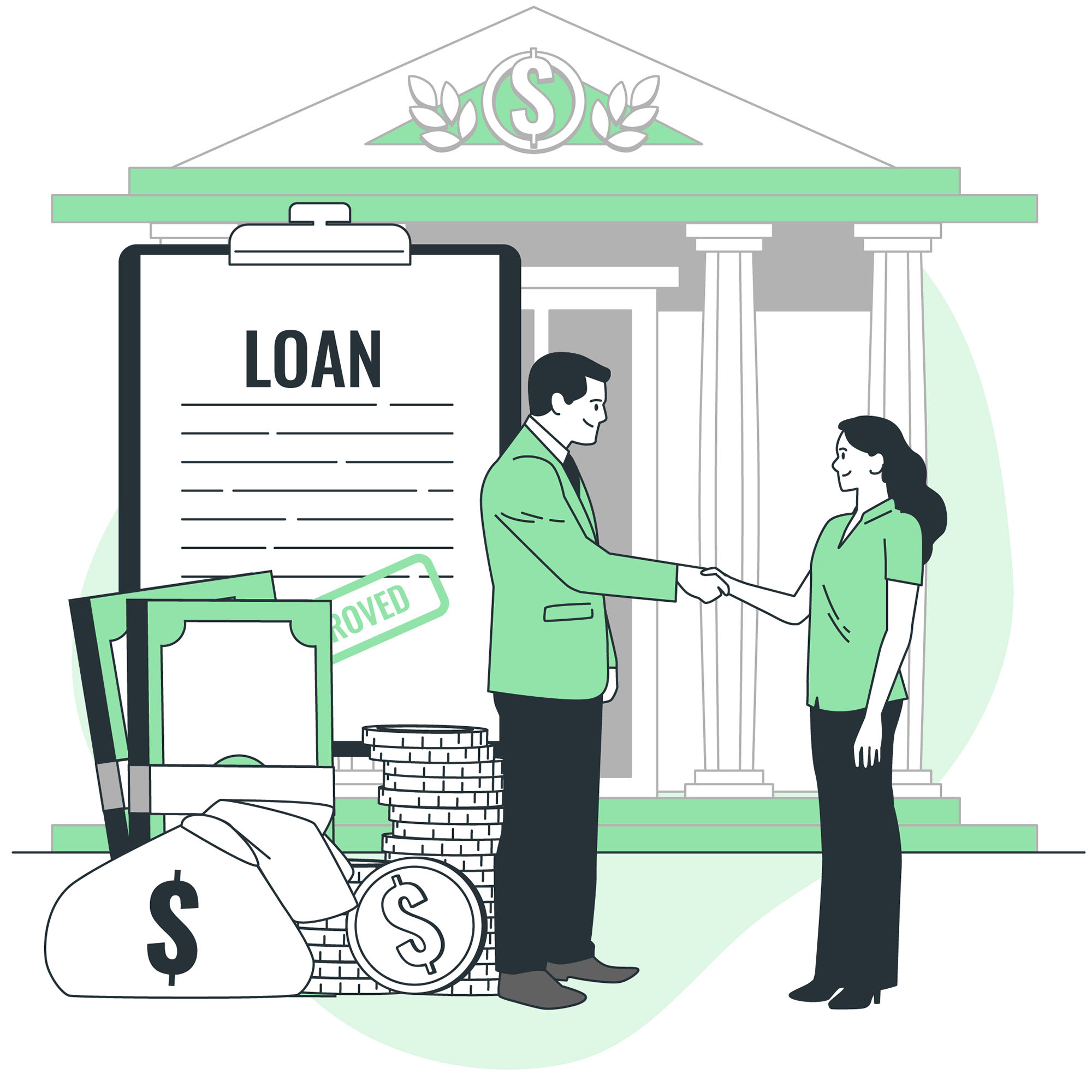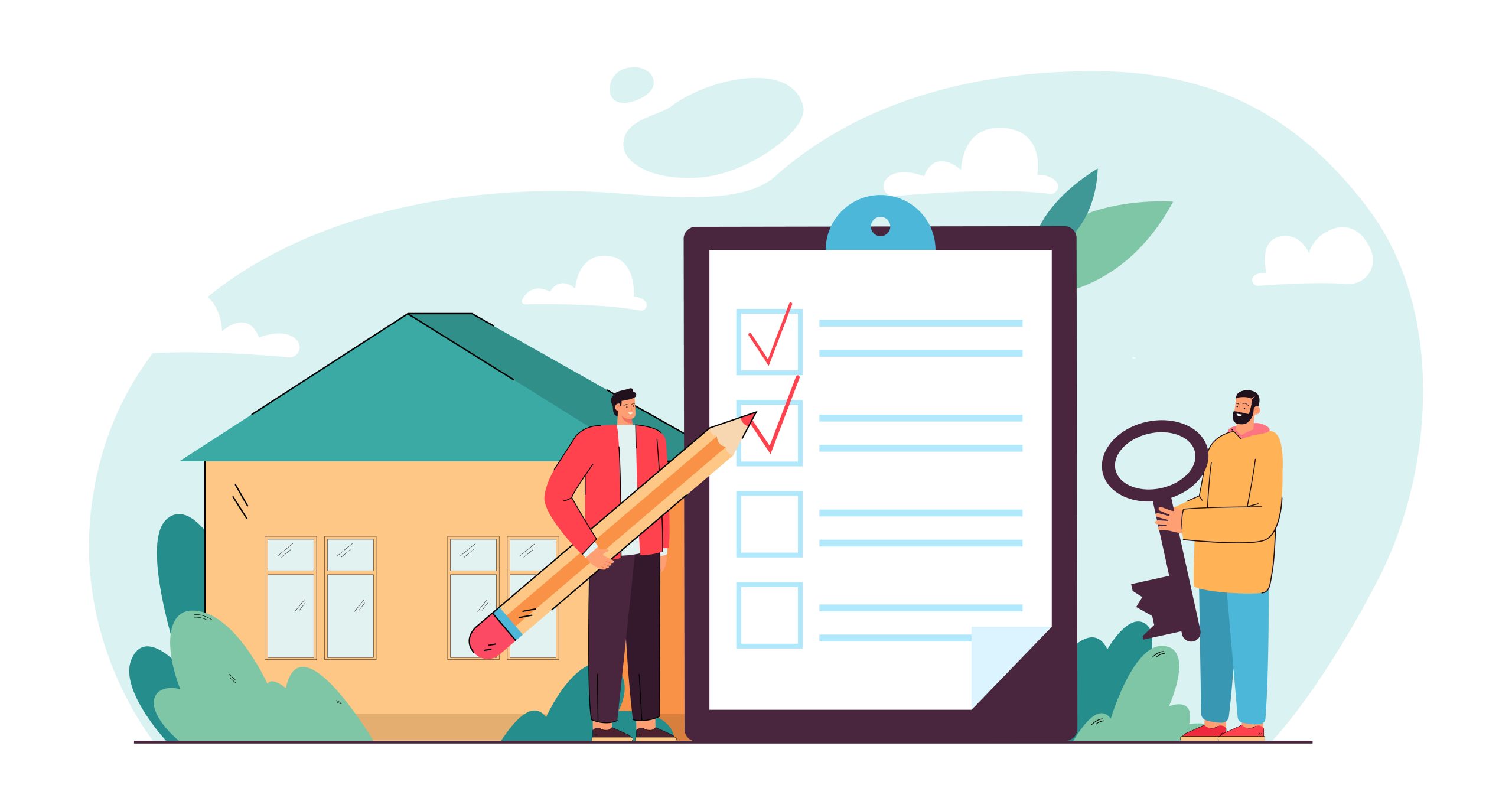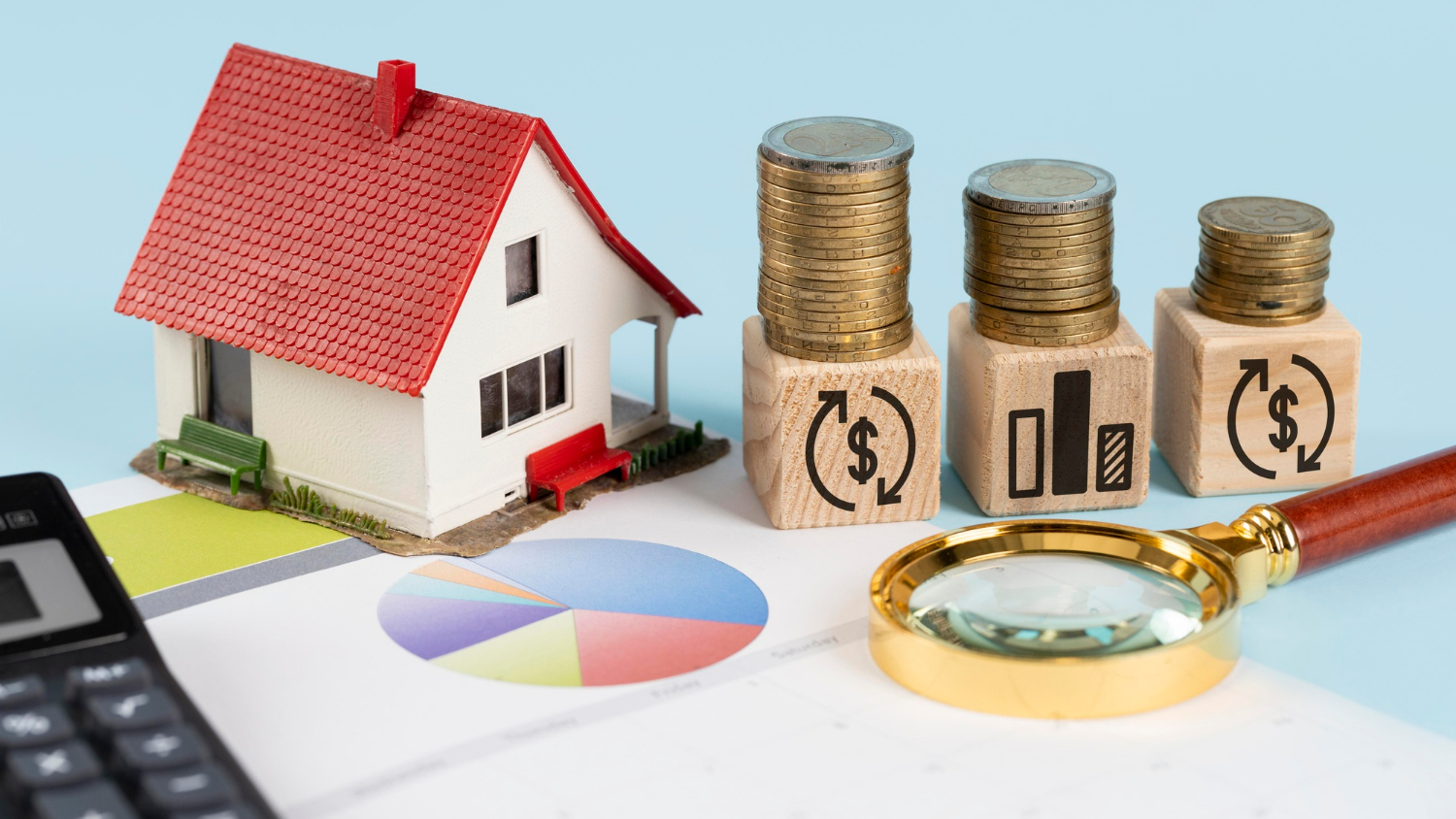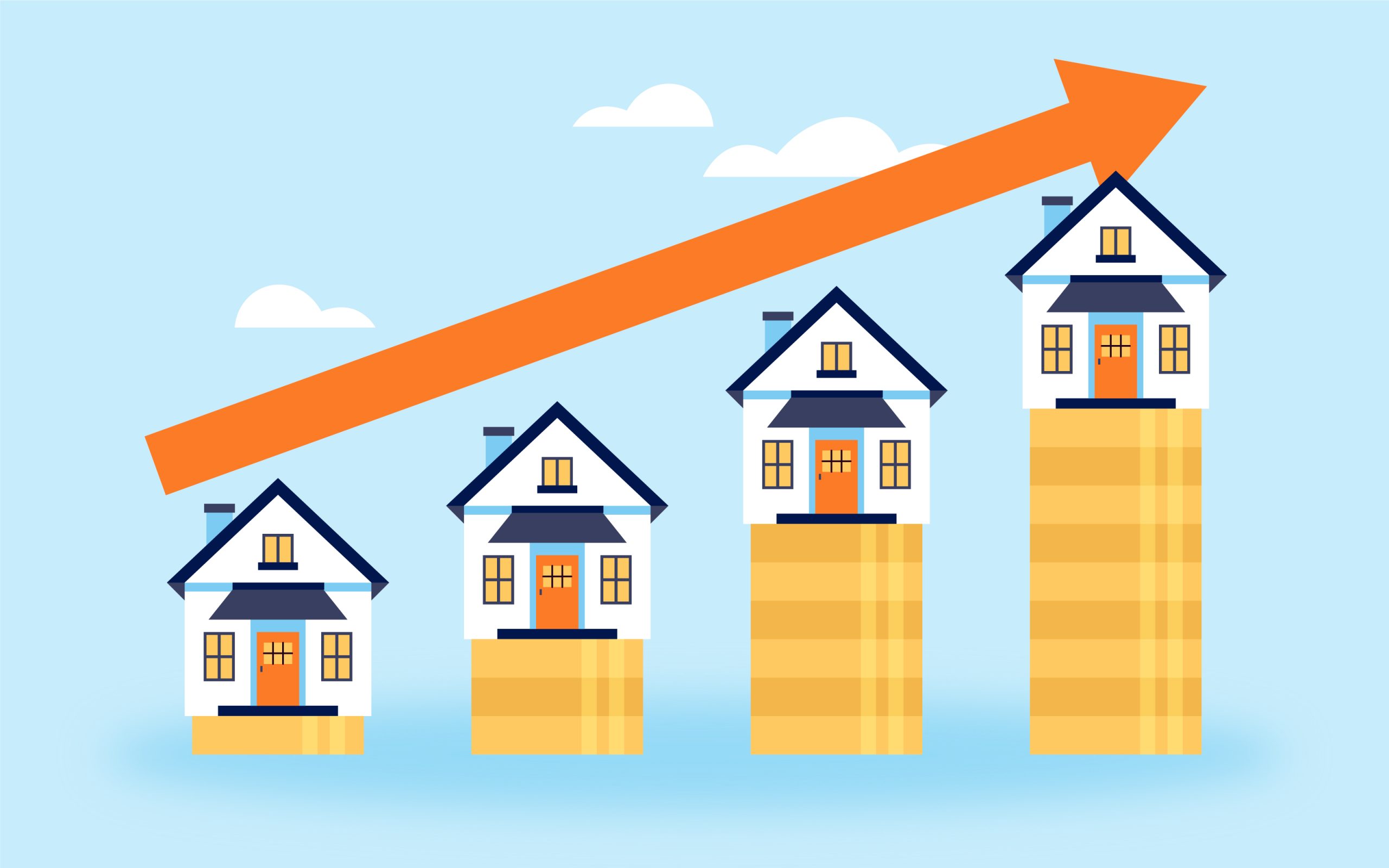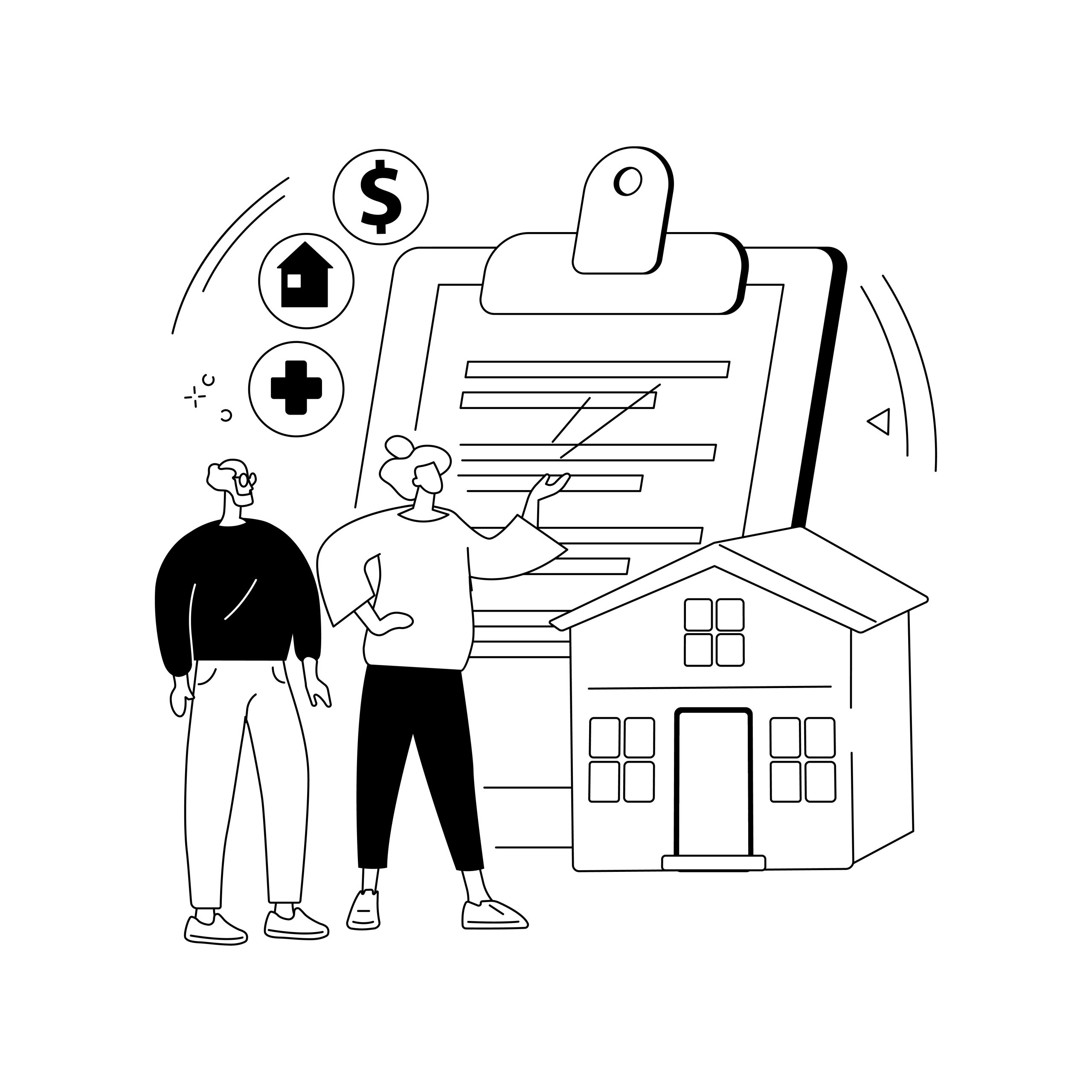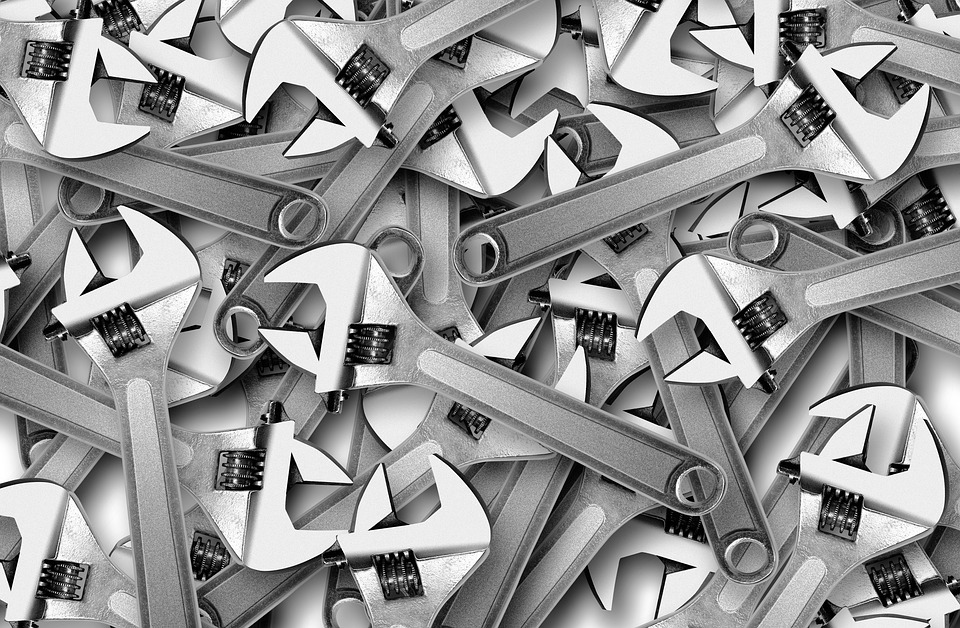A second mortgage can be a valuable financial tool for homeowners looking to tap into the equity of their homes for various purposes, such as home improvements, debt consolidation, or funding significant life events. However, like any financial decision, taking out a second mortgage requires careful consideration and understanding of how it works. In this guide, I’ll explain everything you need to know about second mortgages, including their benefits, risks, and when they might be the right choice for you.
What Is a Second Mortgage?
A second mortgage is a type of loan that allows you to borrow against the equity in your home, which is the difference between your home’s market value and the balance of your current mortgage. Unlike your primary mortgage, which was used to purchase the home, a second mortgage is an additional loan taken out while the first mortgage is still in place. As the name suggests, it is “second” in priority to your first mortgage, meaning if you default on your payments, the first mortgage lender is paid before the second mortgage lender.
Second mortgages typically come in two forms: home equity loans and home equity lines of credit (HELOCs). Both options allow you to access your home’s equity, but they work in slightly different ways.
Types of Second Mortgages
Understanding the types of second mortgages available is crucial in deciding which option is best for your financial situation. Here’s a breakdown of the two main types:
1. Home Equity Loan
A home equity loan is a lump-sum loan that provides you with a fixed amount of money upfront, which you then repay over a set period with fixed monthly payments. The interest rate on a home equity loan is typically fixed, meaning your payments remain consistent throughout the loan term.
Pros:
- Fixed interest rate and predictable payments
- Lump-sum payment for large expenses
- Can be easier to budget due to consistent payments
Cons:
- Interest rates may be higher than those on your first mortgage
- Immediate interest accrual on the full loan amount
- Less flexibility compared to a HELOC
2. Home Equity Line of Credit (HELOC)
A HELOC works more like a credit card, offering you a revolving line of credit that you can draw from as needed up to a certain limit. With a HELOC, you only pay interest on the amount you borrow, and the interest rate is typically variable, meaning it can change over time. HELOCs usually have a draw period (often 5-10 years), during which you can borrow from the line of credit, followed by a repayment period where you pay back the principal and interest.
Pros:
- Flexibility to borrow only what you need
- Pay interest only on the amount you borrow
- Access to funds over an extended period
Cons:
- Variable interest rates can lead to fluctuating payments
- Potential for overspending due to easy access to credit
- Possible rate increases during the repayment period
How to Qualify for a Second Mortgage
Qualifying for a second mortgage involves similar criteria to qualifying for a primary mortgage. However, because a second mortgage is riskier for lenders (since it’s subordinate to your first mortgage), the requirements can be stricter. Here are the key factors lenders consider:
1. Equity in Your Home
The amount of equity you have in your home is one of the most important factors. Lenders typically require that you have at least 15-20% equity in your home after taking out a second mortgage. For example, if your home is worth $300,000 and you still owe $200,000 on your first mortgage, you have $100,000 in equity. If you want to borrow $50,000 with a second mortgage, you would still have $50,000 in equity, which meets the typical requirement.
2. Credit Score
Your credit score plays a significant role in determining your eligibility for a second mortgage and the interest rate you’ll be offered. A higher credit score indicates to lenders that you’re a reliable borrower, which can help you secure better terms. Generally, a credit score of 620 or higher is needed, but higher scores are more likely to qualify for lower interest rates.
3. Debt-to-Income Ratio (DTI)
Lenders will also look at your debt-to-income (DTI) ratio, which is the percentage of your monthly income that goes toward debt payments. A lower DTI ratio indicates that you have a good balance between income and debt, making you a less risky borrower. Most lenders prefer a DTI ratio of 43% or lower, but this can vary depending on the lender.
4. Income and Employment History
Steady and sufficient income is crucial for qualifying for a second mortgage. Lenders will require proof of income, such as pay stubs, tax returns, or bank statements, to ensure you can comfortably make the monthly payments. A stable employment history also strengthens your application.
Uses for a Second Mortgage
There are many reasons why homeowners take out a second mortgage. Here are some of the most common uses:
1. Home Improvements
One of the most popular reasons to take out a second mortgage is to fund home improvements or renovations. This can increase the value of your home, making it a wise investment. Additionally, interest on a second mortgage used for home improvements may be tax-deductible (consult a tax advisor for specifics).
2. Debt Consolidation
Using a second mortgage to consolidate high-interest debt, such as credit card balances, can be a smart move. By consolidating your debt into a single loan with a lower interest rate, you can reduce your monthly payments and save money on interest over time.
3. Education Expenses
Some homeowners use a second mortgage to pay for education expenses, such as college tuition. This can be a good alternative to student loans, especially if the interest rate on the second mortgage is lower than what you would get with a private student loan.
4. Emergency Expenses
A second mortgage can provide access to cash in emergencies, such as unexpected medical bills or major car repairs. However, it’s important to carefully consider whether using home equity for these expenses is the best option, as it involves putting your home at risk.
Risks of a Second Mortgage
While a second mortgage can offer significant benefits, it also comes with risks that you should be aware of:
1. Risk of Foreclosure
Since your home serves as collateral for a second mortgage, failing to make payments can lead to foreclosure. If you default on the loan, the lender has the right to seize your home to recover the debt, which can result in the loss of your home.
2. Increased Debt
Taking out a second mortgage increases your overall debt load. If your financial situation changes, such as a loss of income, it may become difficult to manage the additional monthly payments, leading to financial strain.
3. Variable Interest Rates (HELOCs)
If you choose a HELOC with a variable interest rate, your payments can increase over time, especially if interest rates rise. This can make it harder to predict your monthly expenses and budget accordingly.
4. Closing Costs and Fees
Second mortgages often come with closing costs and fees, similar to those of a primary mortgage. These can include appraisal fees, origination fees, and other charges that can add up quickly, reducing the amount of money you receive from the loan.
When to Consider a Second Mortgage
A second mortgage might be a good option if:
- You Have Significant Home Equity: If you have built up substantial equity in your home, a second mortgage can give you access to funds at a relatively low interest rate.
- You Need to Finance a Large Expense: A second mortgage can provide the funds needed for significant expenses, such as home renovations, without tapping into your savings.
- You Want to Consolidate High-Interest Debt: If you have high-interest debt, such as credit cards, consolidating it into a second mortgage with a lower interest rate can save you money and simplify your payments.
- You Can Afford the Monthly Payments: Before taking out a second mortgage, ensure that you can comfortably afford the additional monthly payments without overstretching your budget.
How to Apply for a Second Mortgage
If you’ve decided that a second mortgage is right for you, follow these steps to apply:
1. Check Your Credit Score
Before applying, check your credit score to ensure it meets the lender’s requirements. A higher credit score can help you qualify for better terms and lower interest rates.
2. Determine Your Equity
Calculate how much equity you have in your home. You can do this by subtracting your current mortgage balance from the current market value of your home.
3. Shop Around for Lenders
Compare offers from multiple lenders to find the best rates and terms. Don’t just focus on the interest rate—consider the overall cost of the loan, including fees and closing costs.
4. Gather Documentation
Be prepared to provide documentation, such as proof of income, credit history, and information about your current mortgage. This will help streamline the application process.
5. Apply for the Loan
Submit your application to the lender of your choice. The lender will review your information and may require an appraisal of your home to determine its value.
6. Close the Loan
If your application is approved, you’ll go through the closing process, which involves signing the loan agreement and paying any closing costs. Once complete, you’ll receive the loan funds.
Conclusion: Is a Second Mortgage Right for You?
A second mortgage can be a powerful financial tool when used wisely. It can provide access to significant funds for home improvements, debt consolidation, education, and more. However, it’s essential to weigh the benefits against the risks, such as the potential for foreclosure and increased debt.
Before taking out a second mortgage, carefully consider your financial situation, your ability to repay the loan, and whether this option aligns with your long-term goals. If you’re confident in your decision and have done your research, a second mortgage can help you achieve your financial objectives while leveraging the value of your home.
Frequently Asked Questions About Second Mortgages
1. How much can I borrow with a second mortgage?
The amount you can borrow with a second mortgage depends on the amount of equity you have in your home and the lender’s policies. Typically, lenders allow you to borrow up to 85% of your home’s value, including your first mortgage balance.
2. Can I get a second mortgage with bad credit?
While it’s possible to get a second mortgage with bad credit, it can be more challenging. You may face higher interest rates, stricter terms, and may need to shop around to find a lender willing to work with you.
3. Are second mortgage interest rates higher than first mortgage rates?
Yes, second mortgage interest rates are generally higher than first mortgage rates because they are riskier for lenders. If you default on the loan, the second mortgage lender is second in line to be repaid after the first mortgage lender.
Taking out a second mortgage is a significant financial decision, but with the right knowledge and careful planning, it can be an effective way to leverage your home’s equity to meet your financial goals.





